Two iconic American sports teams, the Cleveland Indians and Washington Redskins, have officially announced new names which cut their ties to indigenous people-inspired branding. The two teams will now be the Cleveland Guardians and Washington Commanders, starting in 2022.
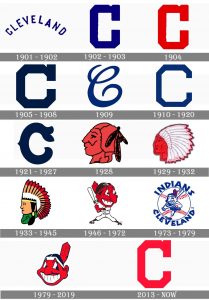
(1000logos.net)
It’s been a multi-phase process for both organizations. The Indians nixed their mascot Chief Wahoo after the 2018 Major League Baseball season. Wahoo was depicted in an exaggerated stereotype of the American Indian, with bright red skin, a huge nose and mouth, triangular eyes and a feather sticking up from his hair. The Indians have featured such a caricature since 1928, and it’s taken a variety of different forms.
They’d begun to phase Chief Wahoo out in 2014, relegating him to arm-patch status instead of the more visible hat placement. Conversations with MLB Commissioner Rob Manfred led to the logo’s full elimination. The team switched to the ‘Guardians’ after the 2021 season to fully drop previous connotations.
As for the Redskins, it was a bit more the name than the logo. The term ‘redskin’ is offensive for obvious reasons, though their logo was less aggressively stereotyping in that it drew a bit more of a contoured, less cartoonish-looking American Indian. It was less stereotypical, but still a way of saying, “this is the red skin we’re referring to”.
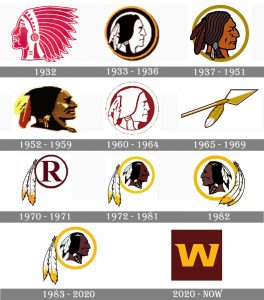
(1000logos.net)
The name also hung on a little bit longer than Chief Wahoo did. NFL Commissioner Roger Goodell defended it as recently as 2018, largely leaning on public opinion polls to do so. Different polling methodologies tended to lead to different conclusions about whether Native Americans minded the name. It was certainly a mixed situation; some were unbothered and others considered it offensive. In the grand scheme of things, worse crimes have been committed against American Indians than the tone-deaf naming of a few sports teams.
But regardless, the name struck many as a lasting monument to America’s flippancy to its native occupants. That the plight of the Indian was not as sensitive a topic as those of the black, latino, or even Asian portions of the American population.
The Washington Redskins were no more after the 2019/’20 NFL season concluded. The team spent the next two seasons as ‘the Washington Football Team’, before being announced as the Commanders in early February. They maintained their maroon and gold color scheme, but like the Cleveland Guardians, now draw no reference to the culture or appearance of indigenous Americans.
The two most notable remainders in American sports are the Atlanta Braves of the MLB and Florida State Seminoles of NCAA. The Braves just played in the 2021 World Series, and so millions of viewers got to see their signature ‘tomahawk chop’, in which fans would swing their arms forward to conjure up a rally. The Braves generally skirt by without as much flack as other teams, but the National Congress of American Indians did express a sharp criticism of the team and league for continuing to encourage the chop.
The Seminoles are one of the more interesting cases. Their sports teams do have a caricature as its logo, but one without the pronounced facial features of the Indians or the deep red complexion of the Redskins. The relationship between their school and the Native American community is also a more complex than that of the other cases; Seminole Indian groups generally are supportive of FSU’s branding. There are of course exceptions, but the two entities generally enjoy good relations.
The tribe made a formal declaration of support to Florida State in 2005, an act which the university makes a point to refer to often. Community events put on by FSU also sometimes feature consultation or participation from representatives of the Seminole tribe. And in general, the feelings of the tribe itself are more important than those of uninvolved parties. But there are still a couple aspects of FSU culture that make give pause.
The logo itself isn’t too bad. Perhaps the existence of aforementioned worse examples paint it in a better light, but it’s clear this latest design isn’t attempting to paint Seminole Indians in any outlandish physical manner, and appears to be an actual good-faith symbol of the culture the school draws from.
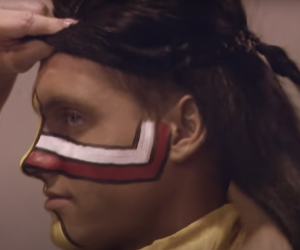
A behind-the-scenes of ‘Chief Osceola’ donning his facepaint and head gear, from ACC Digital Network.
On the other hand, Chief Osceola and Renegade are an interesting aesthetic decision. The football team’s mascot, Osceola, is a warpaint-adorn man riding atop his spotted steed (that would be Renegade), often carrying a flaming torch to plant in the field. Osceola is portrayed by an FSU student who has to meet certain criteria to fill the role.
In real life, Osceola (who wasn’t a chief) was a tribal leader in the early 19th century who’d waged guerilla warfare against the young United States government, campaigning against the relocation of his people from Florida to territory west of the Mississippi River. He killed a government agent and his forces killed over 100 more, many of whom were U.S. Army troops. The siege started the Second Seminole War, which lasted from 1835 until 1842. He was captured in 1837 by Joseph Hernandez, a celebrated figure in Flagler County history. Three months later, he died of peritonsillar abscess.
There’s nothing that is by definition disrespectful about FSU’s portrayal of Osceola, and the Seminole Tribe hasn’t raised issue about it. But there’s something almost reductive about adopting a legendary military leader against western expansion as the mascot of a school founded by those Osceola waged war against some 14 years after his death.
But again, the Seminole tribe’s opinion on what’s offensive ultimately matters more than anyone else’s. That being said, the student body has even acted on its own accord to tone down certain traditions before. In May 2016, the Florida State University’s student government voted overwhelmingly in favor of a declaration which discouraged the further use of Native American headdresses at football games due its potentially offensive nature. As was pointed out in those proceedings, headdresses are much more applicable to tribes of the Great Plains such as the Sioux than southeastern tribes like the Seminoles. It’s not unlike dressing as a Queen’s Guard sentry to a function honoring French police officers, though the distance between those countries isn’t nearly as long as the span between Florida and the places where headdresses were worn.
At the end of the day, the conversation around culturally appropriated team logos is a conversation between a group of people who could only be offended on behalf of others and who aren’t sure if they should feel guilty for their ancestors’ actions, and a greatly diminished racial minority community which even in its limited population does not have a reliable consensus on these sorts of issues. It’s a matter where acting in good faith and with a combination of objectivity and sensitivity is the only way to reach a palatable solution.
Chris Gollon is a Flagler County resident since 2004, as well as a staple of the local independent music scene and avid observer of Central Florida politics, arts, and recreation.


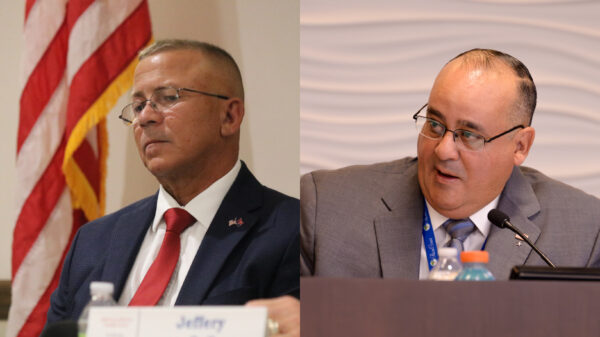




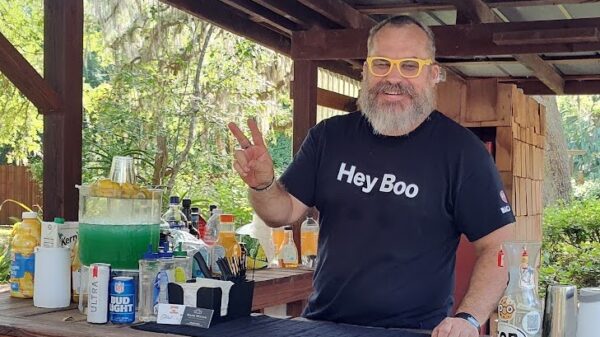
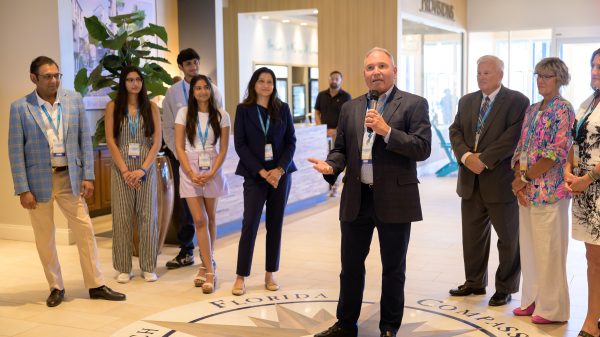
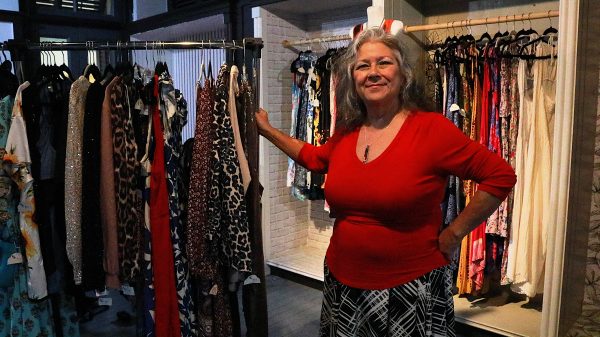







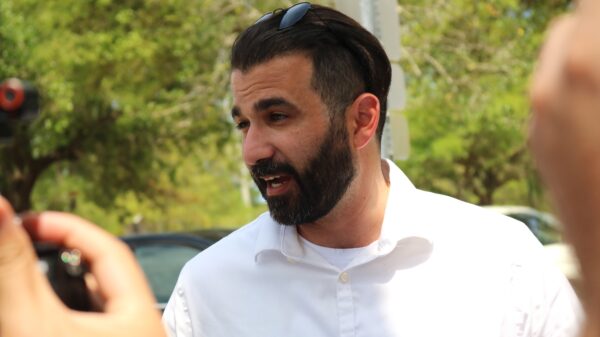











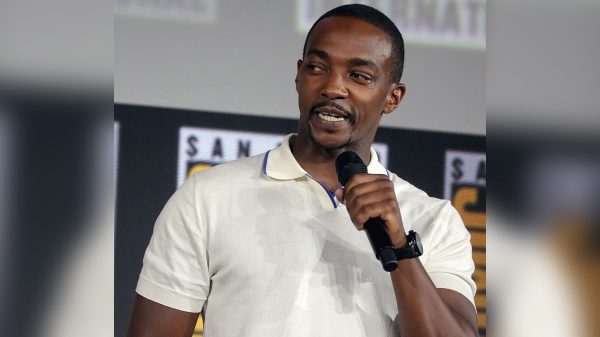


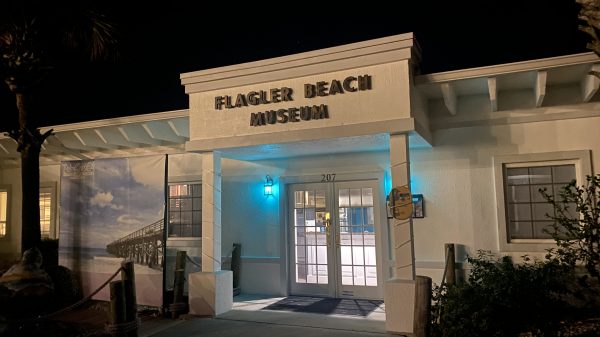
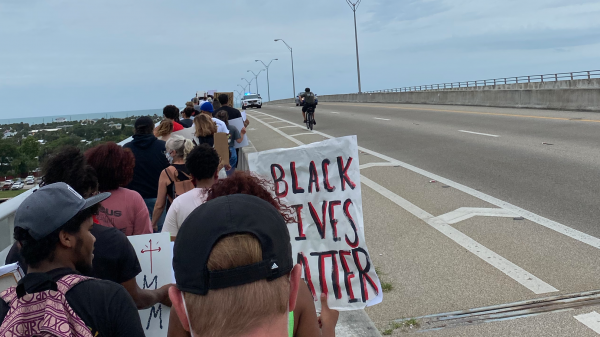
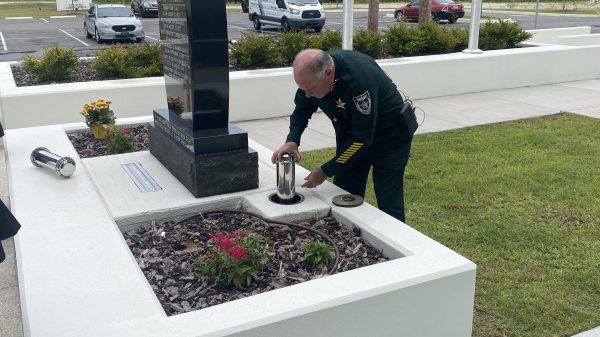
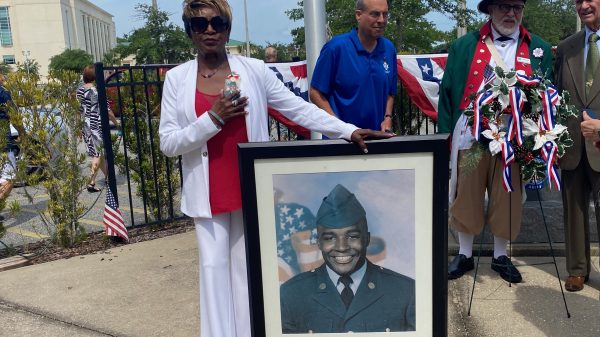




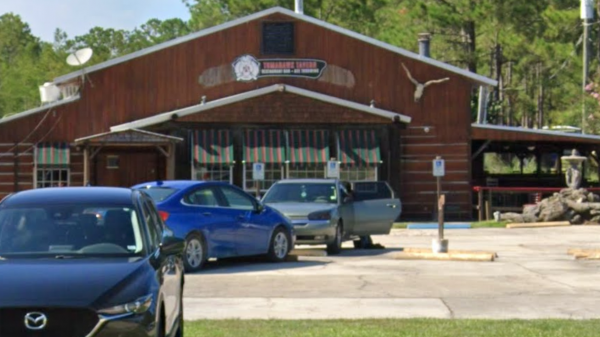



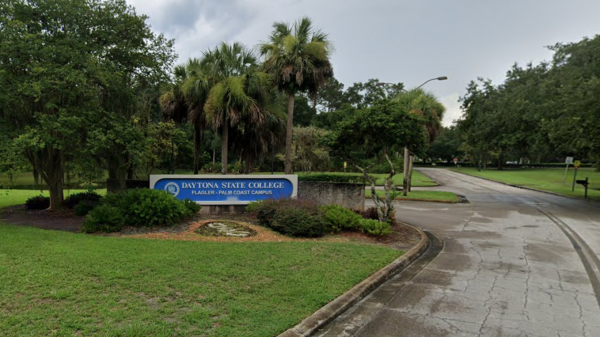








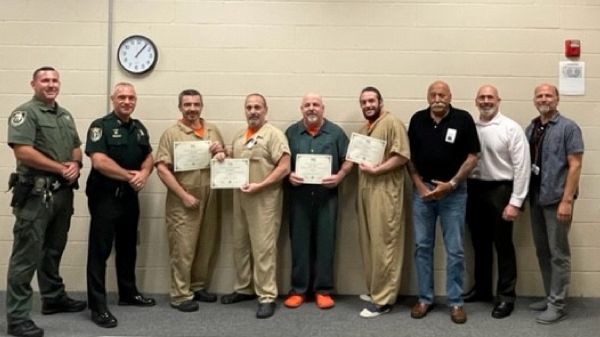
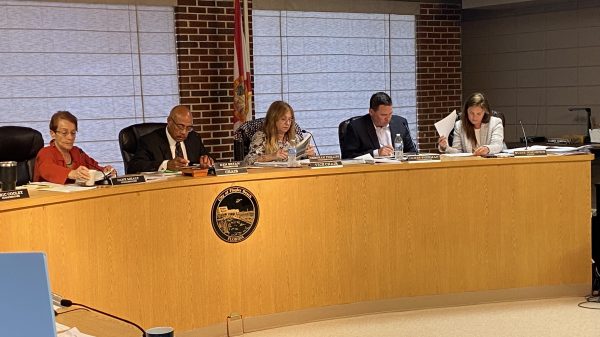
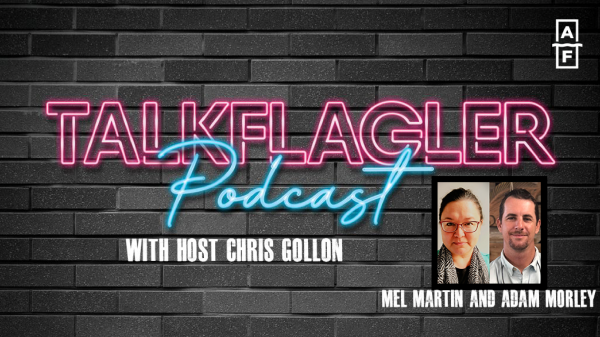






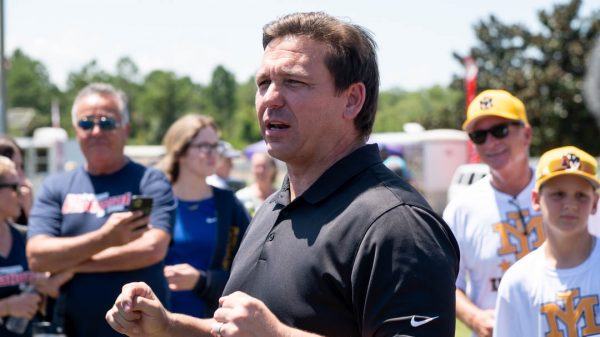


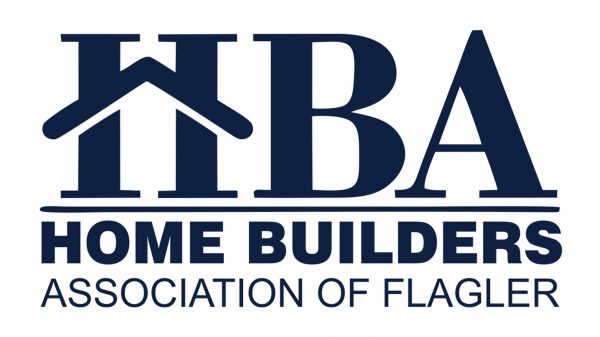

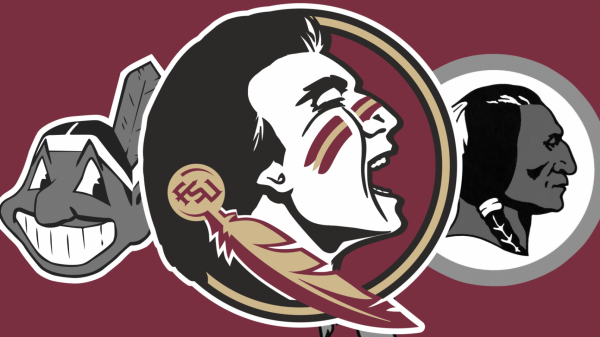

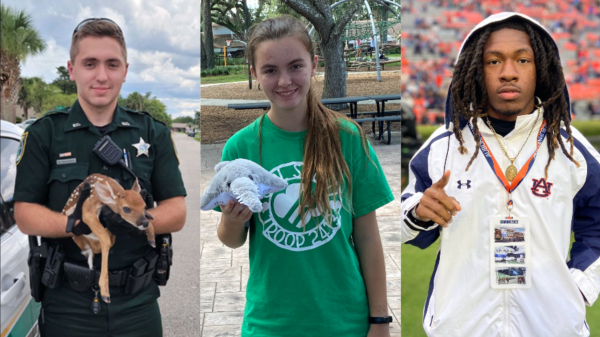








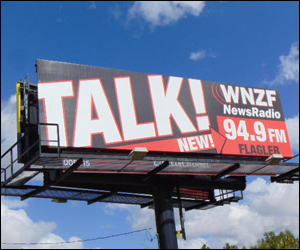



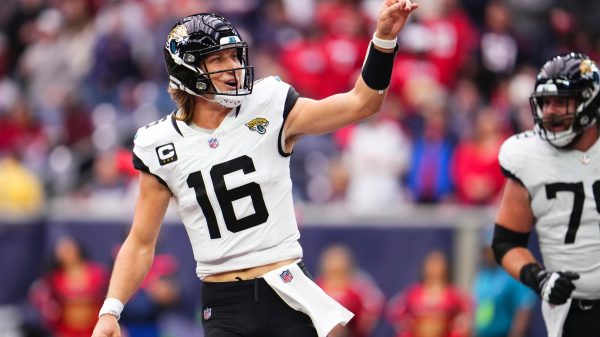



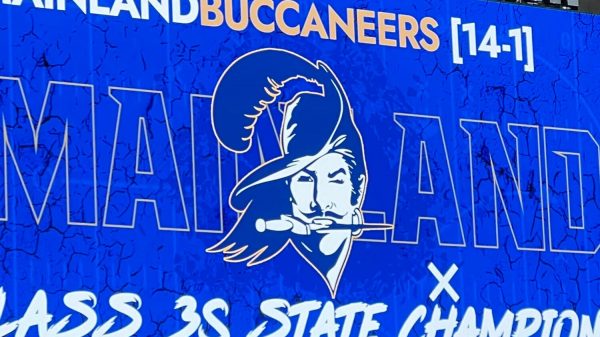
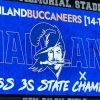


TR
February 27, 2022 at 5:56 pm
I think it’s all ridiculas. For many years it has not been a problem and now everyone is in a panic over nothing. Funny thing is is that the native indians never had a problem. Some people have nothing better to do but stir up trouble. Just erase everything from history and start over. JMO.
John Doe
March 18, 2022 at 6:54 am
yeah, no. also, ratio.